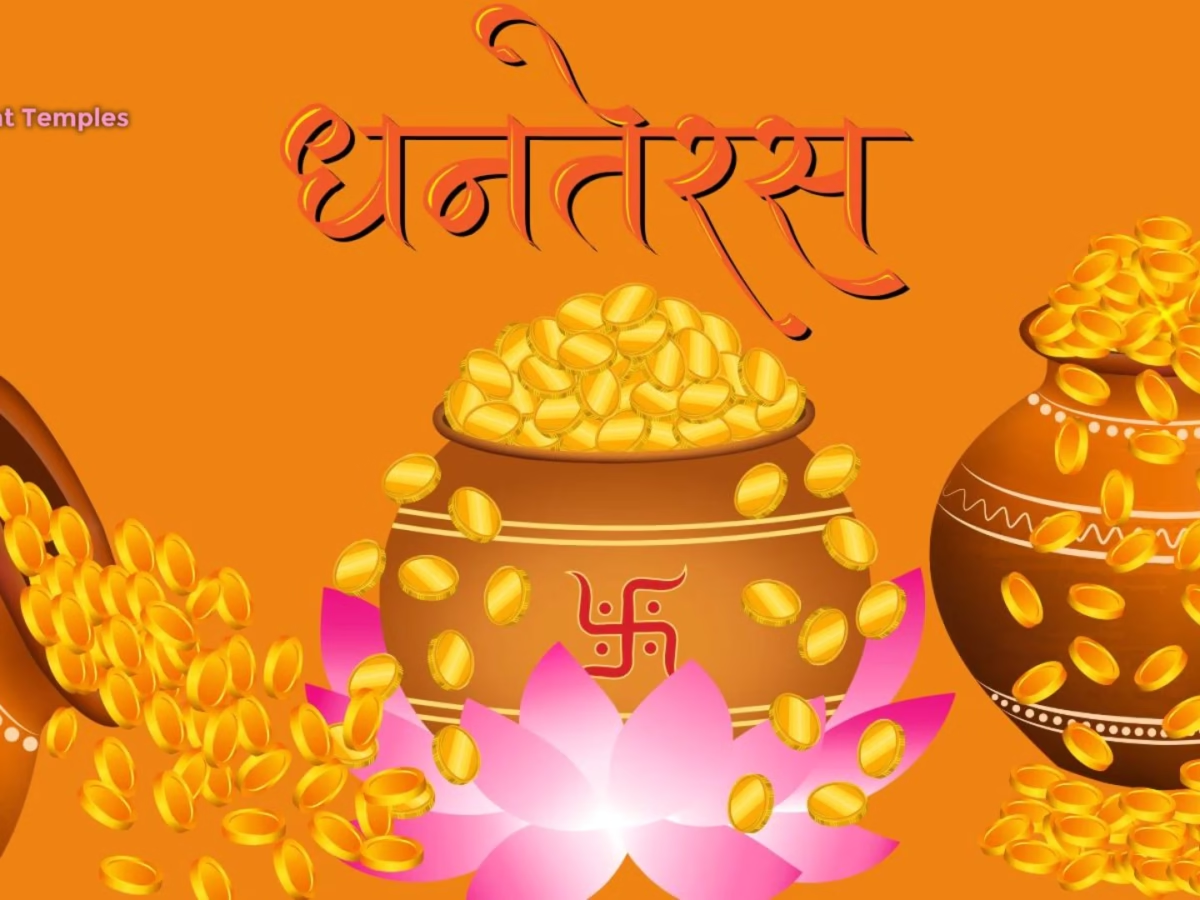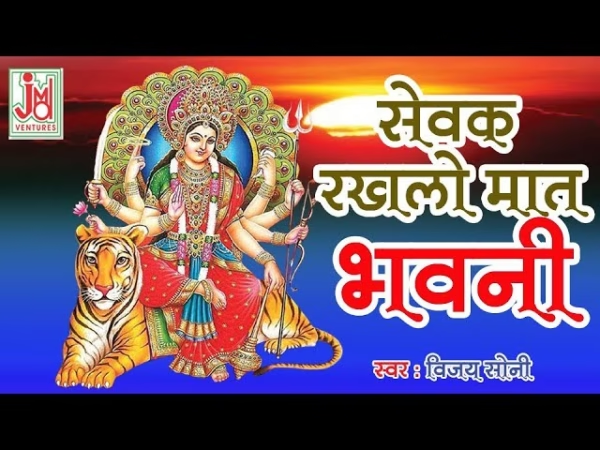Contents
Chhath Puja is a four-day Hindu festival dedicated to Surya, the Sun God, and Chhathi Maiya, a goddess associated with motherhood and children. It is deeply rooted in the states of Bihar, Jharkhand, and Uttar Pradesh, and parts of Nepal, but has gained global recognition. Celebrated six days after Diwali, typically in October or November, it emphasises nature’s life-giving force and is characterised by personal devotion, strict fasting, and self-discipline, without the use of idols or priestly intermediaries.
I. Ancient Origins and Historical Evolution
The festival’s origins trace back to the Vedic civilisation (1500-1000 BCE), where the Sun was revered as the ultimate source of life and energy. The practice of offering water to the rising and setting sun is a direct legacy of these ancient Vedic rituals.
Mythological Connections:
- Ramayana: Queen Sita is believed to have performed Chhath Puja for blessings of motherhood, leading to the birth of Lava and Kusha. Lord Rama and Sita also reportedly observed it upon their return to Ayodhya.
- Mahabharata: Kunti and Draupadi are said to have turned to Chhath Puja for strength during challenging times. Karna, son of Surya, was known for his devotion to the Sun God.
- King Priyavrata: The tale of King Priyavrata’s stillborn son being revived by Chhathi Maiya highlights the festival’s association with fertility and protection.
Evolution:
Initially an elite Vedic ritual, Chhath Puja evolved to be embraced by the masses during the medieval era, becoming a cornerstone of cultural identity in regions like Bihar by the 19th century.
II. Rituals, Significance, and Modern Relevance
The four-day ritualistic cycle is as follows:
- Day 1: Nahay Khay: Devotees purify themselves with a dip in a sacred water body and consume simple, vegetarian (satvik) meals.
- Day 2: Kharna: A day-long fast is observed, broken only after sunset with a special offering of kheer and fruits. This marks the commencement of a rigorous 36-hour waterless fast.
- Day 3: Sandhya Arghya: Devotees gather at riverbanks or water bodies, standing waist-deep to offer prayers and oblations (arghya) to the setting sun using winnowing baskets (soops) filled with fruits and sweets.
- Day 4: Usha Arghya: Before dawn, devotees offer prayers and arghya to the rising sun. The fast is then broken with prasad (consecrated offering) shared among family and community.
Significance and Modern Relevance:
- Gratitude to Nature: It expresses gratitude to the Sun God and Chhathi Maiya for health, prosperity, and child protection, directly worshipping natural elements like the sun and water.
- Environmental Consciousness: The festival is inherently eco-friendly, avoiding idol worship and the use of polluting materials. Natural, biodegradable offerings minimize environmental impact and promote clean water bodies.
- Egalitarianism: It is a great equalizer, with all participants, regardless of caste, creed, or socioeconomic status, performing the same rituals side-by-side, without priests.
- Women’s Empowerment: Traditionally led by women, it celebrates their strength, endurance, and vital role in family well-being and cultural preservation.
- Scientific Underpinnings: Modern interpretations suggest benefits like optimal UV absorption for Vitamin D production from standing in water at sunrise/sunset, body detoxification through fasting, and antimicrobial properties of traditional copper and brass utensils.
- Community and Family: It serves as a powerful catalyst for family reunions and strengthening social bonds, fostering a sense of belonging and cultural identity.
III. Controversies Surrounding Chhath Puja
Despite its spiritual importance, Chhath Puja has faced controversies:
- Political Exploitation: Accusations of politicians using the festival for voter appeal, with devotees seeking to protect its spiritual essence.
- Environmental Concerns: Court bans on celebrations at protected lakes (e.g., Kolkata’s Rabindra Sarobar) to prevent pollution and protect ecosystems from large gatherings.
- Pandemic Restrictions: Bans on community celebrations during the COVID-19 pandemic in Delhi led to political debates about its significance for migrant communities.
- Religious Tolerance: Reports of vandalism, destruction of decorations, and defilement of offerings raise concerns about respect for community traditions.
- Tradition vs. Modernity: Debates arise regarding the relevance of certain traditional elements in contemporary society, prompting discussions on festival evolution.
IV. The Future of Chhath Puja
Chhath Puja is poised for continued growth and adaptation:
- Global Expansion: Celebrated worldwide in cities like London, New Jersey, Singapore, and Australia, with communities creating temporary pools in urban settings.
- Male Participation: A growing trend of men participating in the rigorous fasts, indicating evolving gender roles and inclusivity.
- Eco-Conscious Celebrations: The “Green Ghats” movement, plastic bans, and community clean-ups are gaining momentum, merging ancient eco-friendly practices with modern environmentalism.
- Commercialization: Brands are increasingly engaging with the festival through targeted marketing campaigns, generating billions in economic activity and benefiting local artisans and businesses.
- Digital Devotion: Social media platforms are active with Chhath-related content, connecting the diaspora and bridging generational gaps.
- Enduring Core Values: Despite changes, the core values of gratitude, purity, community harmony, and respect for nature remain unwavering.
V. Conclusion
Chhath Puja is a living testament to enduring faith, a vibrant celebration of community spirit, and a profound embodiment of respect for the natural world. It continues to evolve, from ancient Vedic hymns to modern digital connections, bringing light, hope, and connection to lives across the globe.












